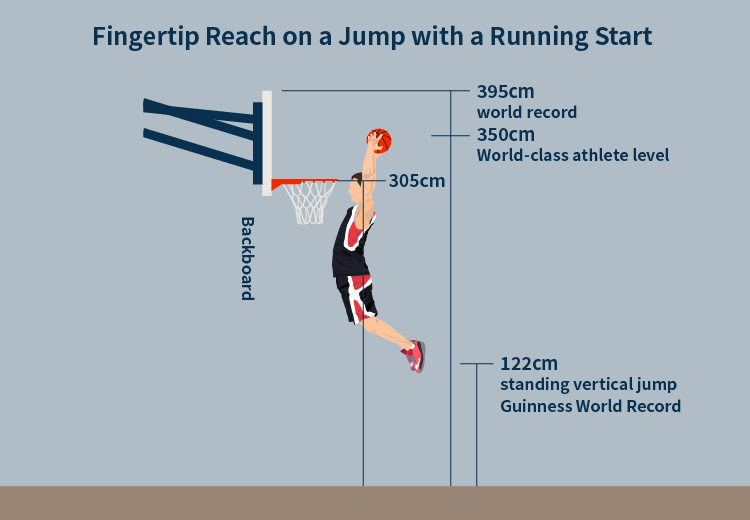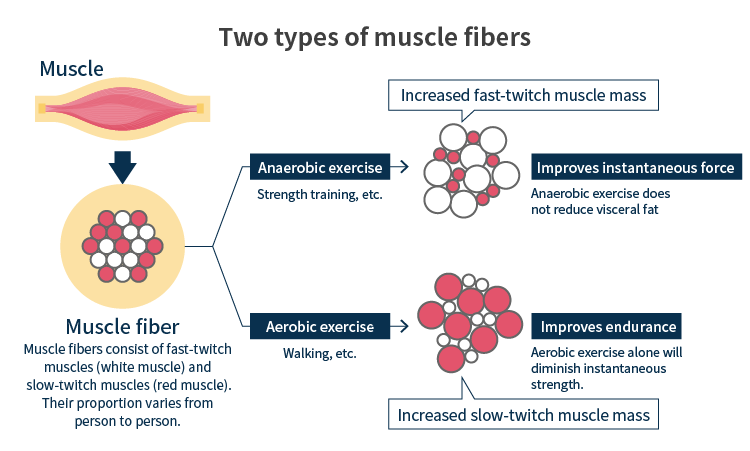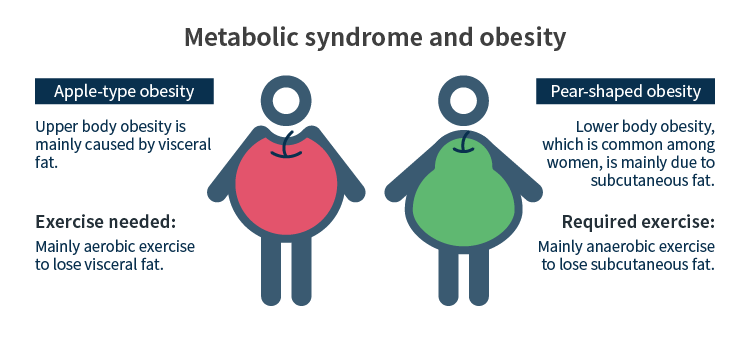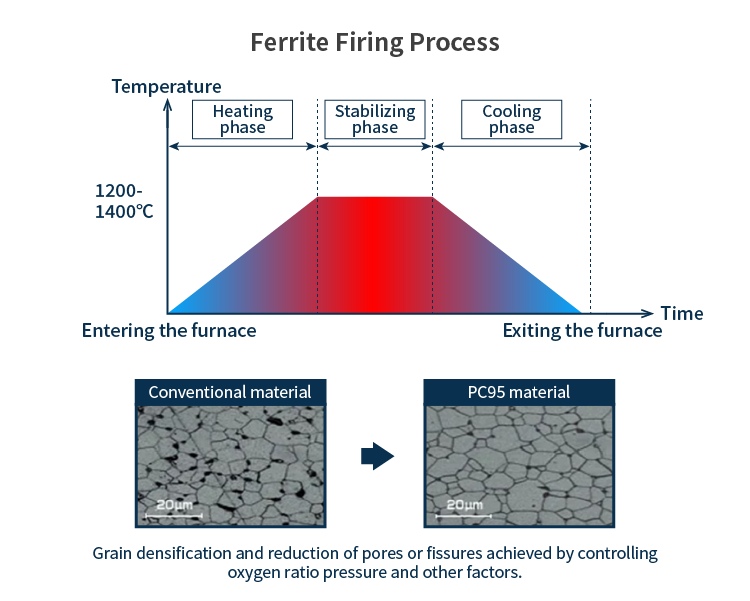Sports Tech@TDK
Importance of Muscle Strength and Oxygen in Basketball Jump Performance

Basketball is an indoor sport invented in the United States in 1891. Along with baseball, American football, and ice hockey, it has gained overwhelming popularity as one of the four major professional sports in the United States. Many people worldwide play it, and the FIBA (International Basketball Federation) sponsors the World Basketball Championships every four years.
Basketball requires intense movement and excellent jumping ability and proper training that combines both anaerobics exercise needed to enable instantaneous force and aerobic exercises needed for endurance.
Types of Muscles in Basketball Jumping
Basketball players tend to be tall and slender rather than muscular. This is because the jumping power required to play basketball is drawn from not only the leg muscles but also the muscles in the upper body. To put it another way, jumping power is generated by using the whole body like a spring. Try for yourself, you see that you cannot jump as high as you think if you try to jump vertically using just your leg muscles alone. Vertical jump ability peaks around the age of 20 and gradually declines. The height of the hoop on a basketball post is 305 cm, and depending on the height of the player, a jump of at least 1m with a running start is required to perform a spectacular and dynamic dunk. The Guinness World Record for a stationary vertical jump is 122 cm, but some athletes have the astonishing ability to reach over the top of the backboard (395 cm) with a running start. Muscle power is determined by cross-sectional area and length, though this cross-sectional area can be increased with training. However, there are two types of muscles: fast-twitch muscles (white muscles) and slow-twitch muscles (red muscle). Fast-twitch muscles provide instantaneous force and jumping power, but lack stamina and are easily fatigued. Slow-twitch muscles, on the other hand, are less powerful but offer more endurance. Thoroughbred horses have mostly fast-twitch muscles, while the Arabian and other long-distance runners have well-developed slow-twitch muscles. This is also the difference between the muscles of whitefish (bottom fish such as flatfish and flounder that live on the sea floor) and redfish (migratory fish such as bonito and tuna). The optimum balance between fast and slow muscle differs from sport to sport, and therefore, strength training should consider taking height and physicality into account.

Training and Exercises for Increasing Muscle Types
When someone attempts to improve their fitness, suddenly engaging in strenuous exercise can damage the muscles. In severe cases, this can lead to muscle separation or even a torn Achilles tendon. Walking is an easy way for people who are inactive to get started. Walking is an exercise that uses slow-twitch muscles that improve endurance and is a type of aerobic exercise that influences the body's metabolism. Aerobics is based on this concept. For this reason, aerobic exercise such as walking has traditionally been recommended for middle-aged and older adults experiencing declining physical fitness. However, aerobic exercise alone won’t strengthen fast-twitch muscles, which are needed to produce instantaneous force, and muscle mass also ends up reduced. Because of this, anaerobic exercise training to strengthen fast-twitch muscles has been recommended to middle-aged and older adults in recent years. This is because strengthening fast-twitch muscles improves instantaneous force and agility of movement, and prevents accidents such as tripping and falling.

With the overall rise in health consciousness, the term "metabolic syndrome" has become very well known. It refers to a condition in which various lifestyle-related diseases (diabetes, hypertension, hyperlipidemia, arteriosclerosis, etc.) are caused by the accumulation of visceral fat. The primary causes being overeating and lack of exercise. If your waist circumference is 85 cm or more for men or 90 cm or more for women, you may likely to be obese. In order to reduce visceral fat while improving physical fitness, a combination of anaerobic and aerobic exercise is required.

Oxygen in Determining Ferrite Properties
One of TDK's core technologies is materials technology, and ferrite, the starting point of TDK's founding, has become an essential material in electronics in today's electronics society. The material is used in transformer cores, antenna cores, multilayer inductor products, and EMC components. Ferrite is a ferromagnetic ceramic produced by molding and sintering raw powder consisting mainly of iron oxide. Advanced sintering control technology is required because the properties of ferrite vary greatly depending on the sintering temperature and atmosphere such as the type of gas surrounding the sintered material, as well as the trace components added to the raw material.The reaction produced by firing ferrite is achieved by gradually raising the temperature during the heating phase, maintaining a constant temperature for several hours to allow crystal grains to grow during the stabilizing phase and then gradually lowering the temperature during the cooling and slow cooling phases. Ferrite is said to be a ferromagnetic material with unlimited possibilities because a wide variety of ferrite can be obtained by controlling the firing conditions. The magnetic properties of ferrite are greatly influenced by the oxygen content, which depends on the concentration of oxygen during firing. However, the appropriate oxygen concentration varies depending on the temperature, so the key point is to control the temperature and oxygen concentration during the firing.With the increasing demands for energy saving and miniaturization of electronic devices, power ferrites that are used as cores for power transformers and other things are also required to offer lower loss in efficiency in wide temperature bandwidth and smaller size. TDK has developed a series of revolutionary power ferrites, including the PC95 material. In addition to material design, we have also accumulated expertise over the precision control technology involved in the sintering process over the years, which is a strength TDK has that is unrivaled by any other company.

Power ferrite PC95 material

Power ferrites that handle large amounts of power, such as transformers for switching power supplies, strongly demand improved energy conversion efficiency. TDK's power ferrite PC95 material has been realized by pursuing the optimum characteristics of low core loss in a wide temperature band to the utmost limit. The contrary has been realized by pursuing optimal characteristics to the utmost limit while striking a balance between the two. It is an era-defining material that meets the ever-increasing needs for energy conservation, miniaturization, and weight reduction.
TDK is a comprehensive electronic components manufacturer leading the world in magnetic technology






